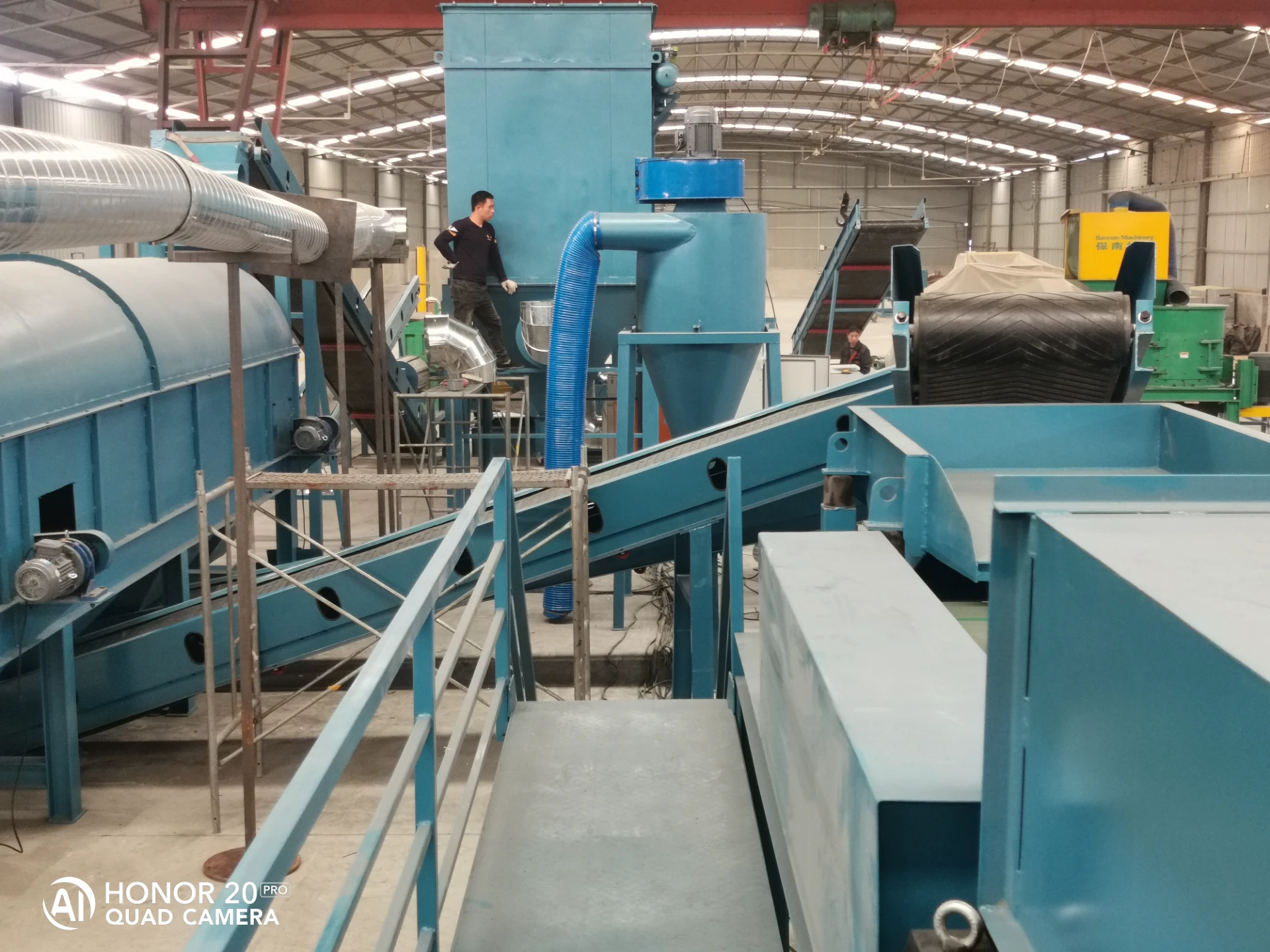

نومبر . 13, 2024 00:43 Back to list
Iron Scrap Recycling Plant A Sustainable Solution for a Greener Future
In recent years, the global focus on sustainability and environmental conservation has led to the heightened importance of recycling. Among various materials that can be recycled, iron scrap stands out due to its abundance, value, and the extensive application of iron and steel in various industries. Iron scrap recycling plants play a crucial role in this process, offering a sustainable solution for waste management, resource conservation, and energy efficiency.
Understanding Iron Scrap Recycling
Iron scrap refers to discarded or surplus iron and steel materials that are deemed no longer usable in their current form. These materials can come from a variety of sources, including construction sites, manufacturing facilities, household items, and even vehicles. Instead of contributing to landfill waste, these iron scraps can be collected, processed, and repurposed through recycling. The recycling process begins with the collection of scrap metal, which is then sorted into various grades based on purity and composition.
Once sorted, the scrap metal undergoes a process of shredding and cleaning. This ensures that impurities, such as non-metal materials or elements that can weaken the final product, are removed. Following this, the shredded metal is melted in large furnaces, where it can be transformed into new steel or iron products. This method significantly reduces the need for new materials, thus conserving natural resources and minimizing the environmental impact associated with mining and processing virgin iron ore.
Benefits of Iron Scrap Recycling
1. Environmental Conservation One of the primary benefits of iron scrap recycling is the reduction of landfill waste. Recycling divert vast amounts of scrap metal from landfills, leading to less soil and water contamination. Additionally, recycling helps reduce carbon emissions associated with the production of new metals, contributing to a decrease in air pollution.
2. Energy Efficiency The process of recycling iron scrap requires significantly less energy compared to producing new steel from raw iron ore. Studies have shown that recycling scrap metal can save up to 74% of the energy required for primary production. This energy efficiency translates to lower operational costs for manufacturers and a reduced carbon footprint for the industry.

3. Economic Benefits Iron scrap recycling is not only environmentally friendly but also economically advantageous. It creates numerous job opportunities in the recycling and manufacturing sectors. As the demand for recycled materials grows, so does the need for skilled labor to manage recycling operations. Additionally, recycling helps stabilize market prices for metal, making metal production more economically viable over time.
4. Resource Management As natural resources become increasingly scarce, recycling iron scrap serves as a critical component of responsible resource management. By reintroducing recycled materials into the manufacturing process, businesses can create a circular economy where resources are reused rather than depleted. This approach mitigates the pressure on virgin resources and enhances the sustainability of industries reliant on metal.
Challenges in Iron Scrap Recycling
Despite its advantages, the iron scrap recycling industry faces several challenges. One such challenge is the contamination of scrap metal with non-metal materials, which can diminish the quality of the recycled product. Furthermore, fluctuations in the global market can impact the price of scrap metal, affecting the economics of recycling operations. Additionally, ensuring proper collection and segregation of scrap materials requires efficient systems and public awareness.
The Future of Iron Scrap Recycling
Looking ahead, the importance of iron scrap recycling is likely to grow. As industries become more aware of their environmental responsibilities, the demand for recycled metal is expected to increase. Advances in technology may improve the efficiency of recycling processes, further reducing energy consumption and waste. Moreover, governmental policies aimed at supporting sustainable practices will likely boost investments in recycling infrastructure.
In conclusion, iron scrap recycling plants are an essential component of a sustainable future. By effectively managing iron scrap, these facilities not only contribute to environmental conservation and energy efficiency but also support economic growth through job creation and resource management. As society continues to prioritize sustainability, the role of iron scrap recycling will undoubtedly become even more significant in the coming years. Through collective efforts, we can harness the potential of recycling and move towards a greener, more sustainable world.
Latest news
Troubleshooting Common Eddy Separator Problems
NewsJul.04,2025
The Role of Metal Recycling Plants in Circular Economy
NewsJul.04,2025
The Impact of Recycling Line Pickers on Waste Management Costs
NewsJul.04,2025
Safety Features Every Metal Shredder Should Have
NewsJul.04,2025
How Industrial Shredders Improve Waste Management Systems
NewsJul.04,2025
How Cable Granulators Contribute to Sustainable Recycling
NewsJul.04,2025